.jpg)
What is it about death, destruction and disaster that draws tourists in their droves?
Dark tourism is nothing new. You’ve probably heard of the usual dark tourism destinations around the world - Chernobyl, Auschwitz-Birkenau, Hiroshima, The 9/11 Memorial. And thanks to the Netflix series, Dark Tourist, a whole range of other dark tourism hotspots are exploding in popularity.
But wait, there’s more! After digging around the dark depths of the internet, we’ve put together a list of other dark tourism destinations that you might not know about.
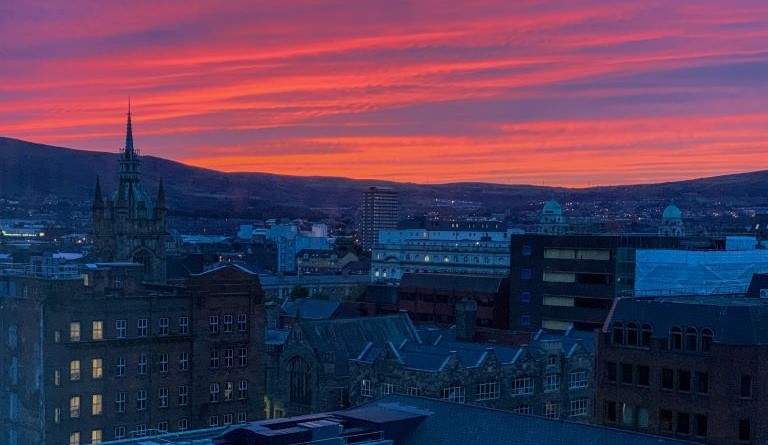
Let’s start with Northern Ireland. This is definitely the most mainstream dark tourism destination on the list. But during the dark days of ‘The Troubles’, certain no-go zones in Northern Ireland weren’t on any tourist itinerary.
Today, taking a Black Taxi Political Tour of West Belfast is one of the most popular dark tourism activities. You can get a personal tour of the political murals and relics around the peace-line wall that still separates Catholic and Protestant communities. This includes visiting the historical sites of riots, assassinations and bombings.
If that’s not enough, you can also pay a visit to Bogside in Derry/Londonderry. This is considered the birthplace of ‘The Troubles’ and the site of ‘Bloody Sunday’ - a mass protest that ended when the British Army shot dead 14 unarmed people. The Museum of Free Derry (aka ‘Bloody Sunday Museum’) is a must for anyone with an interest in ‘The Troubles’. Finally, no dark tourist would miss the opportunity to visit the site where the infamous Titanic was built. Located in Queens Island in Belfast, the Titanic Quarter is the number one tourist attraction in the city.
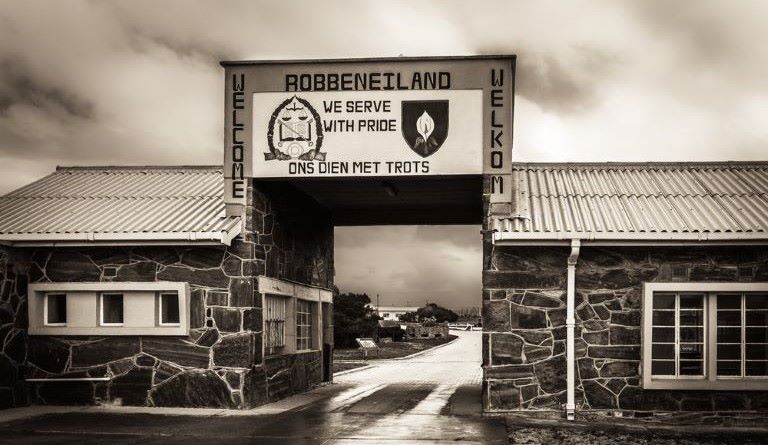
South Africa’s tourism industry is primarily focussed on wildlife and nature. But since the end of Apartheid, there’s been a growing interest by dark tourists in the repression and struggle of this era.
The number one dark tourism attraction is Robben Island Prison in Cape Town. This was a maximum-security prison where Nelson Mandella spent most of his 27-year imprisonment. Now a UNESCO World Heritage Site, tours of the facility are led by ex-prisoners. Also in Cape Town is the District Six Museum, which commemorates a multicultural area that was declared whites-only by the Apartheid government in 1966.
Johannesburg was a hotspot for trouble during Apartheid, with the majority of the black population forcibly moved from the city centre and exploited in the mining industry. As a result, there are several dark attractions including The Apartheid Museum, The Lwandle Migrant Labour Museum, Constitution Hill, Soweto and Mandella House.
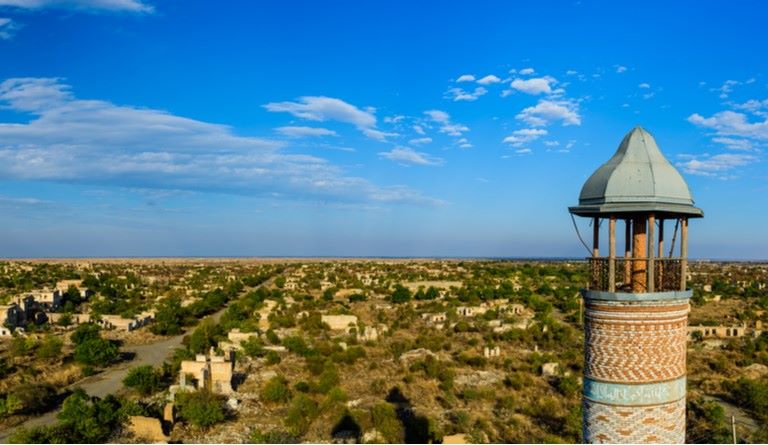
In 1993, the city of Agdam was completely deserted by its population of ~100,000 people after it was invaded by Armenian forces in the Nagorno-Karabakh war. Today, it remains one of the largest ghost towns in the world - with rows of ruins stretching to the horizon.
Technically, you’re not allowed to visit Agdam as it’s located in the Armenian controlled ‘buffer zone’. But this only makes Agdam even more desirable to hardcore dark tourists. The key attraction is the city’s Mosque, which is still relatively intact and offers a stunning view of the decaying city.
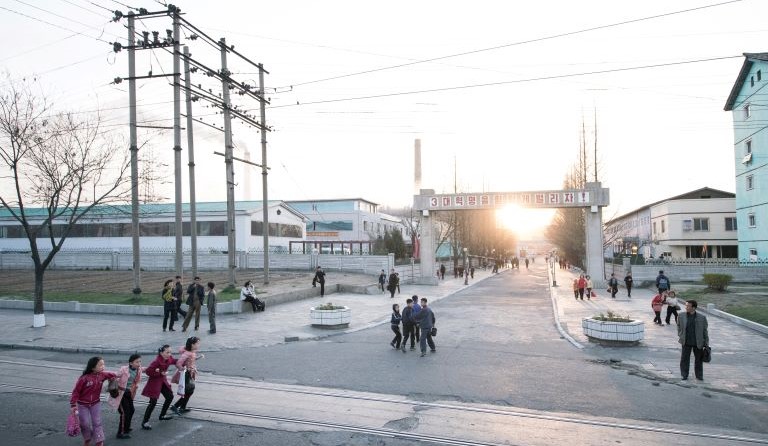
There’s no doubt about it. North Korea has a dark reputation. While there aren’t a lot of official dark tourist attractions, there’s plenty of weirdness. First of all, you’re not allowed to travel by yourself. It’s all carefully controlled propaganda-based tours. This is what the dark tourism experts call “Cult of Personality” tourism.
Want more proof? Take a visit to the Kumsusan Palace Of The Sun Mausoleum. Here you can view the preserved remains of former leaders Kim Il-sung (Great Leader) and Kim Jong-il (Dear Leader), lying in state with their favourite possessions.
Despite being difficult to get to (and pretty much impossible to get covered by travel insurance), North Korea is a favourite haunt of the hardcore dark tourist.
Located in the eastern Caribbean, Montserrat is an island that’s known as a modern-day Pompeii. In 1995, much of the southern half of the island was buried after the eruption of the Soufrière Hills volcano. Nineteen people were killed and the town of Plymouth was abandoned. The island’s population dwindled from around 10,000 to 1,200 people.
The volcano is still active but there haven’t been any major eruptions since 2010. While there are restrictions on visiting the abandoned areas in the south, determined dark tourists and natural disaster aficionados may be able to get access in periods of low volcanic activity.
The Rwandan genocide, which resulted in up to 1 million deaths in 1994, is the largest and most brutal mass murder in recent history. The genocide was fuelled by anti-Tutsi racism and perpetrated by the Hutu-led government, as well as the Interahamwe and Impuzamugambi militias. It ended with the defeat of government forces by the Rwandan Patriotic Front.
Despite being largely ignored by western nations at the time, there has been a large focus on commemoration and memorials in Rwanda. There are two public holidays of mourning and denial or revisionism of the genocide is a criminal offence.
While there are six main memorial sites throughout Rwanda, the Murambi and Nyamata Genocide Memorials are considered two of the darkest destinations on eath. Visitors are confronted by blood-stained clothing, preserved bodies, skulls, bones and some of the most shocking stories of human brutality imaginable.
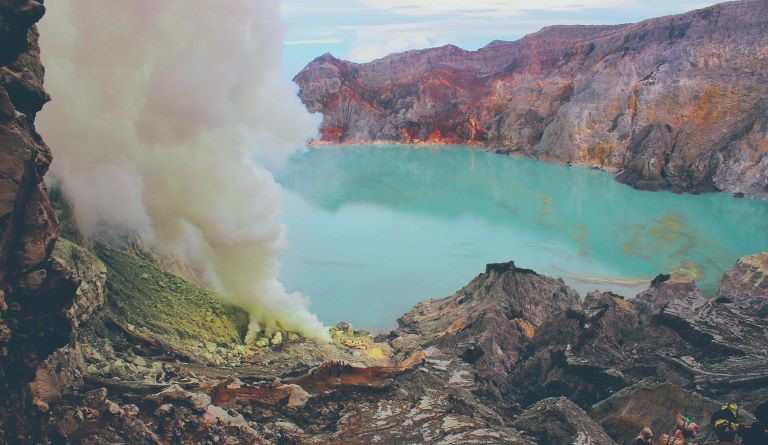
The Ijen volcano in East Java is home to the world’s largest acid crater lake. At 722m wide and 200m deep, the lake is famous for its turquoise flames and fuming gases. It’s bright yellow sulphur deposits, known as ‘Devils Gold’ are mined by workers who endure extremely hazardous conditions with little protection and low pay.
With the increase in tourists visiting the crater, many workers expect a fee or cigarettes to pose for photographs. And while it is supposedly forbidden for tourists to climb into the crater, many simply ignore the signs as they make their way down the precarious track to marvel at majestic blue flames, which are only visible at night.
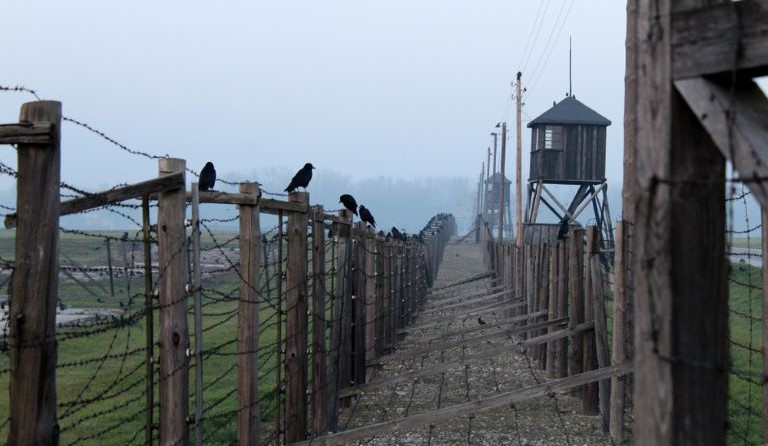
This former Nazi concentration and death camp in Lublin, Poland, isn’t as well known as the main Holocaust sites like Auschwitz or Dachau. Being off the main tourist trail, Majdanek only draws around 100,000 visitors a year (compared to 1.5 million at Auschwitz). But as one of the first declared memorial sites, it is perhaps the best preserved.
The camp was liberated by the Soviets in the summer of 1944 - some 10 months before the end of WW2. Consequently, the Nazis had little time to cover up evidence of the atrocities at the camp. The estimate of the death toll stands at around 80,000 people.
With its watchtowers, barbed wire fences, low number of tourists and perfectly preserved exhibits, many consider Majdanek to be the most confronting of the Holocaust memorials.
When it comes to the brutal gulags of the Stalin era, Magadan is the most infamous of all. Located in eastern Siberia, the area is so remote that fences weren’t even needed around the prison camps. Escapees had no hope of surviving the brutal wilderness.
Travelling to this part of the world isn’t for the faint hearted. Even the toughest of travellers use a specialist tour operator for this journey. You’ll travel along the world’s longest road, The Kolyma Highway (aka ‘The Road of Bones’), visiting the various ghost towns and gulags.
When it comes to dark tourism, this is a destination that blends dark communist history, decay and extreme isolation.
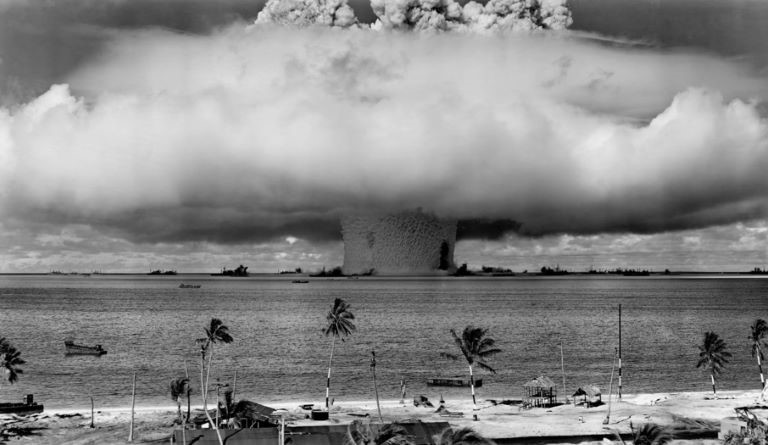
No dark tourism destination list would be complete without a Nuclear option. Bikini Atoll in the Marshall Islands is comprised of 23 islands surrounding a central lagoon. Coincidentally, the United States detonated 23 nuclear devices at Bikini Atoll between 1946 and 1958.
Operation Crossroads was a pair of nuclear weapons tests and the first atomic detonations following the bombing of Nagasaki in 1945. The radioactive fallout from the second underwater test, codenamed ‘Baker’, is considered the world’s first nuclear disaster. Ten ships sank including the Arkansas Battleship and Saratoga aircraft carrier.
The original inhabitants were displaced owing to high levels of radioactive contamination. Today, Bikini Atoll offers some of the best shipwreck diving in the world. But visitors are only allowed if they’re staying on self-contained vessels and have obtained the necessary approval.
In 1973, Augusto Pinochet seized power from the democratically elected socialist government of Chile in a brutal military coup allegedly supported by the CIA. The Pinochet dictatorship lasted 17 years before the country eventually transitioned back to democracy. Around 80,000 people were imprisoned in concentration camps and an estimated 3,000 people were executed.
For the dark tourist, there are a number of memorials and sites to explore. In Santiago de Chile, the most popular attractions are the Museum of Memory and Human Rights, the infamous Villa Grimaldi detention centre and the clandestine Londres 38 torture house.
If you’re into post-apocalyptic vibes, numerous nitrate industry ghost towns can be found throughout Chile. But the most notable is Chacabuco, which was also a concentration camp during the Pinochet era.
On April 1982, Argentina invaded the British held territories in the Falkland Islands in an attempt to claim sovereignty. The conflict lasted 74 days with the Islands returning to British control following the Argentine surrender. Around 900 people lost their lives.
Battlefield tourism is the third most popular category of tourism in the Falkland Islands. Visitors can take field tours of the various war relics, memorials, minefields, museums and plane crash sites that litter the landscape. The remote location and bleakness of the Falklands also appeal to travellers seeking a middle-of-nowhere experience.
Getting to the Falklands involves taking a flight from Chile, which also offers a range of dark tourism attractions (see number 11 above).

What is it about West Virginia? This place has a trifecta of dark tourism attractions. First up is the West Virginia Penitentiary in Moundsville - a gothic style prison that operated from 1876 to 1995. As well as being well known for its violence, riots, escapes and executions, paranormal enthusiasts rank it as one of the most haunted prisons in the USA.
The Trans-Allegheny Lunatic Asylum is another popular destination for ghost hunters and dark medical tourists. The neo-gothic building has featured in many paranormal television shows. There are guided historical tours (including a museum containing creepy medical treatments and restraints) as well as paranormal tours at night.
Finally, no trip to West Virginia would be complete without visiting the Greenbrier Nuclear Bunker. Secretly built under the Greenbrier Resort during renovations between 1959 and 1961, the purpose of the massive bunker was to house congress in the event of a nuclear holocaust. But its very existence wasn’t acknowledged by the US government until 1992.
So there you have it …13 dark tourism destinations to consider for your next adventure in 2020. With the increasing popularity of dark tourism, some may question whether visiting these sorts of places is ethical. But for many of the locations described above, memorials and tourism have helped devastated communities heal and get back on their feet. Surely gaining a first-hand understanding of the dark history of the past is better than simply forgetting about it … or worse, repeating it?
Please note that this article is written for entertainment purposes only. 1Cover does not endorse or sponsor the activities/destinations listed in this article. Always check Safe Travel for offical government advice on your chosen destination. For any information or advice related to your travel insurance policy, or to understand if your chosen destination or activity is covered by travel insurance, please check the Policy Wording.
If you have any other questions or queries, please send us a message via our Contact Us page.
If you are experiencing an emergency, please use the details on our Emergency Assistance page.